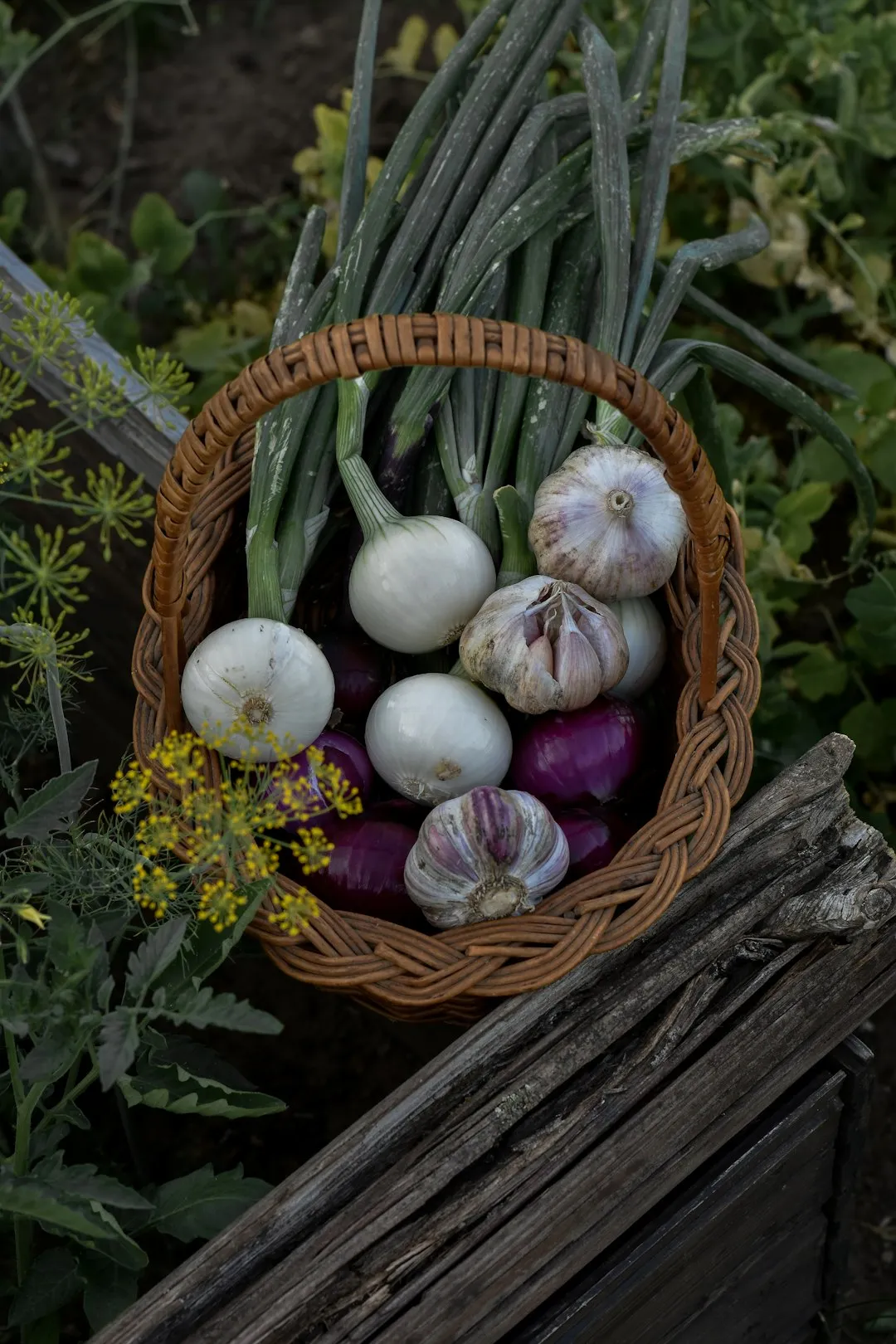The Secrets of Onion Harvesting and Storage

Edible gardening is a rewarding endeavor, and growing onions is a staple for many gardeners. Knowing when to harvest onions is crucial to achieving the best flavor, and understanding which varieties to grow, as well as how to cure and store them, can ensure a supply that lasts for months.
### When to Harvest Onions
Determining the right time to harvest onions is not always straightforward. One of the key indicators is the foliage. As onions mature, the tops will start to turn yellow and fall over. This is a sign that the plant is diverting its energy from the leaves to the bulb. However, it's important not to rely solely on this visual cue. You can also gently dig around one or two onions to check the size and firmness of the bulbs. If they feel plump and the outer skin is papery, it's likely time to harvest.
The general rule of thumb is to harvest onions when about 70 - 80% of the tops have fallen over. This usually occurs in late summer or early fall, depending on when you planted them. For example, if you planted onions from sets in early spring, you can expect to harvest them around 100 - 120 days later.
### Choosing the Right Onion Varieties
There are numerous onion varieties available, each with its own unique flavor, size, and storage potential. Here are some popular types:
- Yellow Onions: These are the most common type of onion and are known for their strong, pungent flavor. They are great for cooking and have a relatively long storage life. Popular yellow onion varieties include 'Copra' and 'Yellow Sweet Spanish'.
- Red Onions: Red onions have a milder, sweeter flavor compared to yellow onions. They are often used in salads and salsas. 'Red Burgundy' and 'Red Wing' are well - known red onion varieties.
- White Onions: White onions have a crisp, mild flavor and are commonly used in Mexican and Southwestern cuisine. 'White Sweet Spanish' is a popular white onion variety.
- Shallots: Shallots are smaller and have a more delicate flavor than regular onions. They are great for adding a subtle onion flavor to dishes. 'French Gray Shallot' is a classic variety.
When choosing onion varieties, consider your climate and soil conditions. Some varieties are better suited to cooler climates, while others thrive in warmer regions. Additionally, pay attention to the days to maturity listed on the seed packet or plant label to ensure you have enough time for the onions to grow before the first frost.
### Curing Onions
After harvesting, onions need to be cured to extend their storage life. Curing allows the outer layers of the onion to dry and form a protective barrier against moisture and disease. To cure onions, gently brush off any excess soil, but do not wash them. Then, spread the onions out in a single layer in a well - ventilated area, such as a garage or shed. The area should be dry, with a temperature between 60 - 75°F (15 - 24°C) and low humidity.
Leave the onions to cure for 2 - 3 weeks. During this time, the tops will dry out completely, and the outer skin will become papery. Once the onions are fully cured, you can trim the tops and roots, leaving about an inch of the stem attached to the bulb.
### Storing Onions
Proper storage is essential to keep onions fresh for months. Store cured onions in a cool, dry, and dark place. A pantry, cellar, or basement is ideal. You can store onions in mesh bags, wire baskets, or wooden crates to allow for air circulation. Avoid storing onions near potatoes, as potatoes release moisture and ethylene gas, which can cause onions to spoil more quickly.
Check your stored onions regularly for signs of spoilage, such as mold or soft spots. Remove any spoiled onions immediately to prevent the spread of rot to the rest of the batch. With proper harvesting, curing, and storage, you can enjoy home - grown onions long after the growing season has ended.
In conclusion, edible gardening, especially growing onions, can be a fulfilling experience. By following these guidelines on when to harvest, which varieties to choose, and how to cure and store onions, you can ensure a bountiful and long - lasting supply of delicious onions for your kitchen.